Mahapara Khurshid
Optimizing Skin Lesion Classification via Multimodal Data and Auxiliary Task Integration
Feb 16, 2024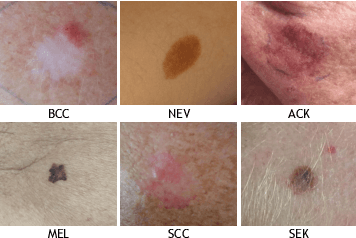
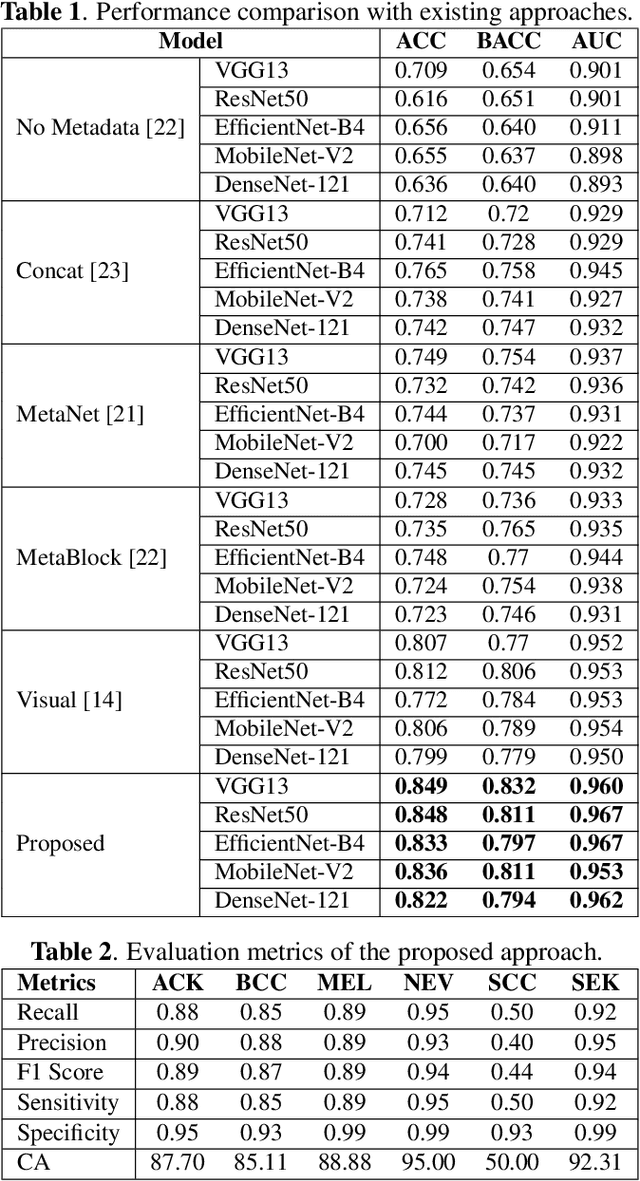


Abstract:The rising global prevalence of skin conditions, some of which can escalate to life-threatening stages if not timely diagnosed and treated, presents a significant healthcare challenge. This issue is particularly acute in remote areas where limited access to healthcare often results in delayed treatment, allowing skin diseases to advance to more critical stages. One of the primary challenges in diagnosing skin diseases is their low inter-class variations, as many exhibit similar visual characteristics, making accurate classification challenging. This research introduces a novel multimodal method for classifying skin lesions, integrating smartphone-captured images with essential clinical and demographic information. This approach mimics the diagnostic process employed by medical professionals. A distinctive aspect of this method is the integration of an auxiliary task focused on super-resolution image prediction. This component plays a crucial role in refining visual details and enhancing feature extraction, leading to improved differentiation between classes and, consequently, elevating the overall effectiveness of the model. The experimental evaluations have been conducted using the PAD-UFES20 dataset, applying various deep-learning architectures. The results of these experiments not only demonstrate the effectiveness of the proposed method but also its potential applicability under-resourced healthcare environments.
Multi-task Explainable Skin Lesion Classification
Oct 11, 2023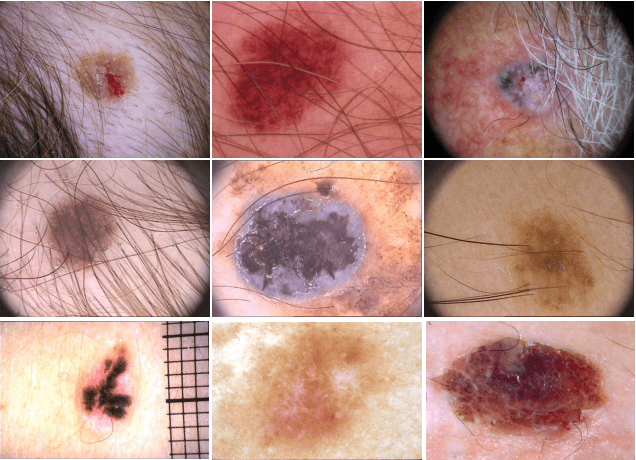
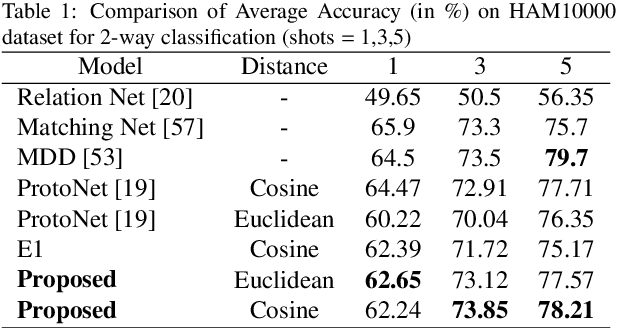
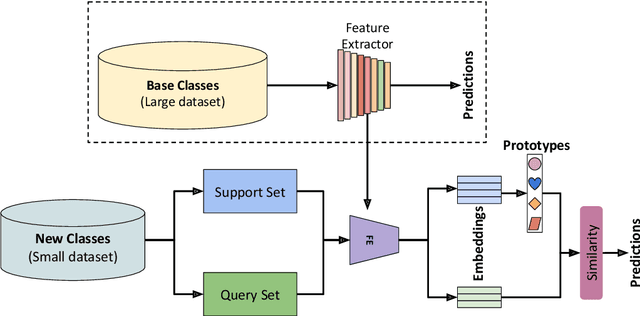
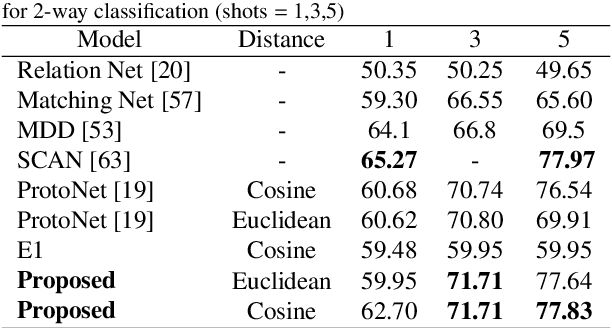
Abstract:Skin cancer is one of the deadliest diseases and has a high mortality rate if left untreated. The diagnosis generally starts with visual screening and is followed by a biopsy or histopathological examination. Early detection can aid in lowering mortality rates. Visual screening can be limited by the experience of the doctor. Due to the long tail distribution of dermatological datasets and significant intra-variability between classes, automatic classification utilizing computer-aided methods becomes challenging. In this work, we propose a multitask few-shot-based approach for skin lesions that generalizes well with few labelled data to address the small sample space challenge. The proposed approach comprises a fusion of a segmentation network that acts as an attention module and classification network. The output of the segmentation network helps to focus on the most discriminatory features while making a decision by the classification network. To further enhance the classification performance, we have combined segmentation and classification loss in a weighted manner. We have also included the visualization results that explain the decisions made by the algorithm. Three dermatological datasets are used to evaluate the proposed method thoroughly. We also conducted cross-database experiments to ensure that the proposed approach is generalizable across similar datasets. Experimental results demonstrate the efficacy of the proposed work.
MTCD: Cataract Detection via Near Infrared Eye Images
Oct 06, 2021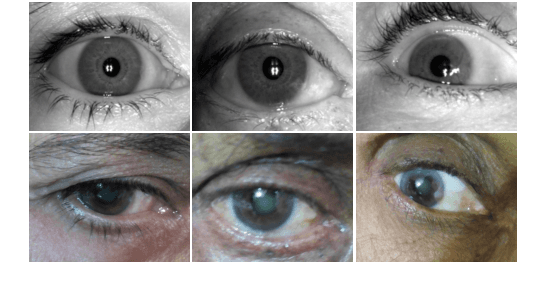
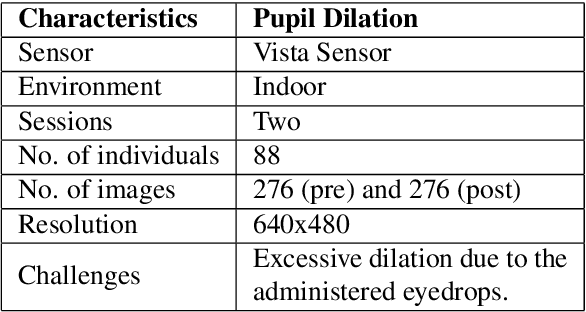
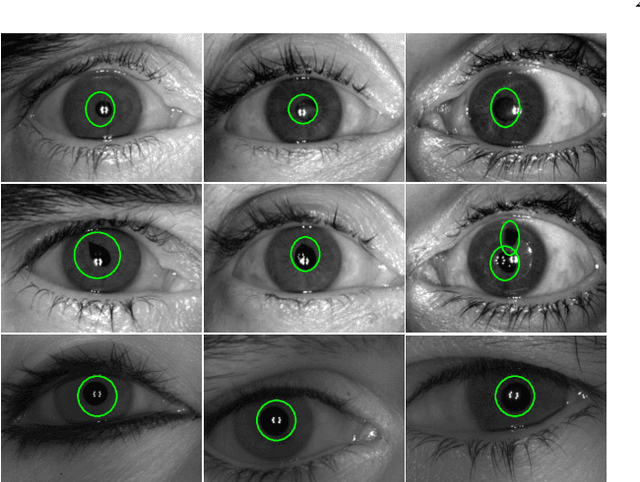
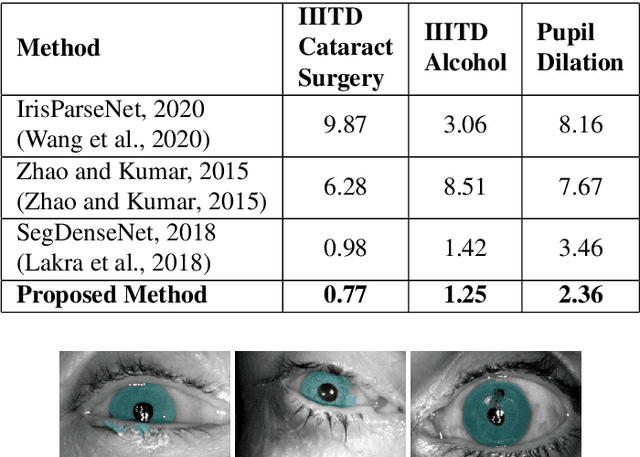
Abstract:Globally, cataract is a common eye disease and one of the leading causes of blindness and vision impairment. The traditional process of detecting cataracts involves eye examination using a slit-lamp microscope or ophthalmoscope by an ophthalmologist, who checks for clouding of the normally clear lens of the eye. The lack of resources and unavailability of a sufficient number of experts pose a burden to the healthcare system throughout the world, and researchers are exploring the use of AI solutions for assisting the experts. Inspired by the progress in iris recognition, in this research, we present a novel algorithm for cataract detection using near-infrared eye images. The NIR cameras, which are popularly used in iris recognition, are of relatively low cost and easy to operate compared to ophthalmoscope setup for data capture. However, such NIR images have not been explored for cataract detection. We present deep learning-based eye segmentation and multitask network classification networks for cataract detection using NIR images as input. The proposed segmentation algorithm efficiently and effectively detects non-ideal eye boundaries and is cost-effective, and the classification network yields very high classification performance on the cataract dataset.
 Add to Chrome
Add to Chrome Add to Firefox
Add to Firefox Add to Edge
Add to Edge